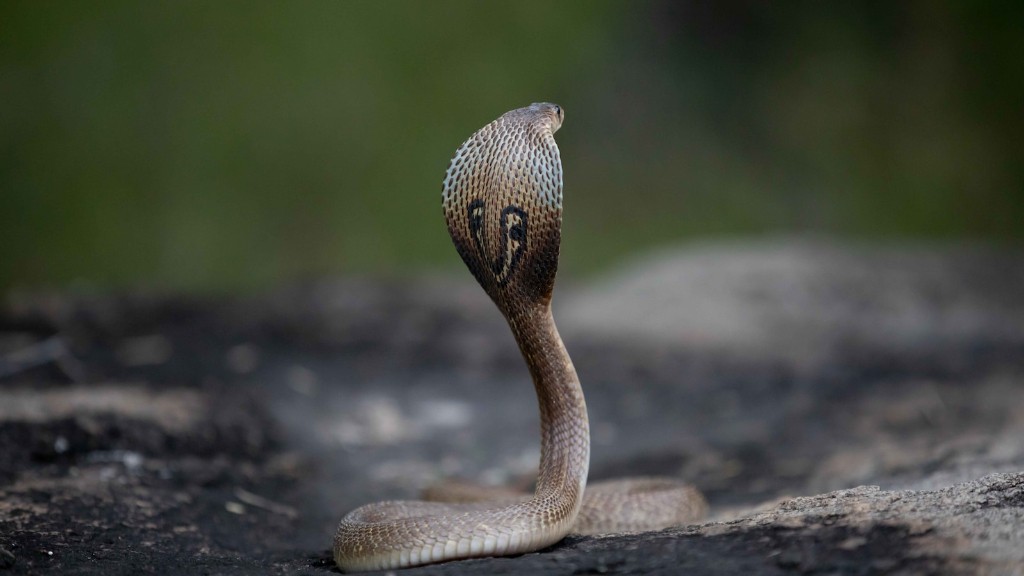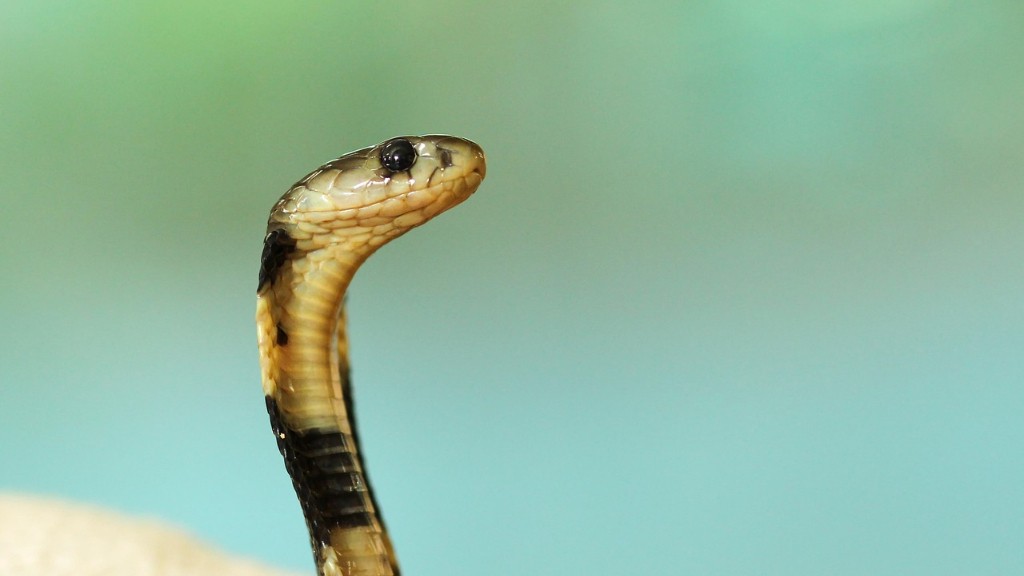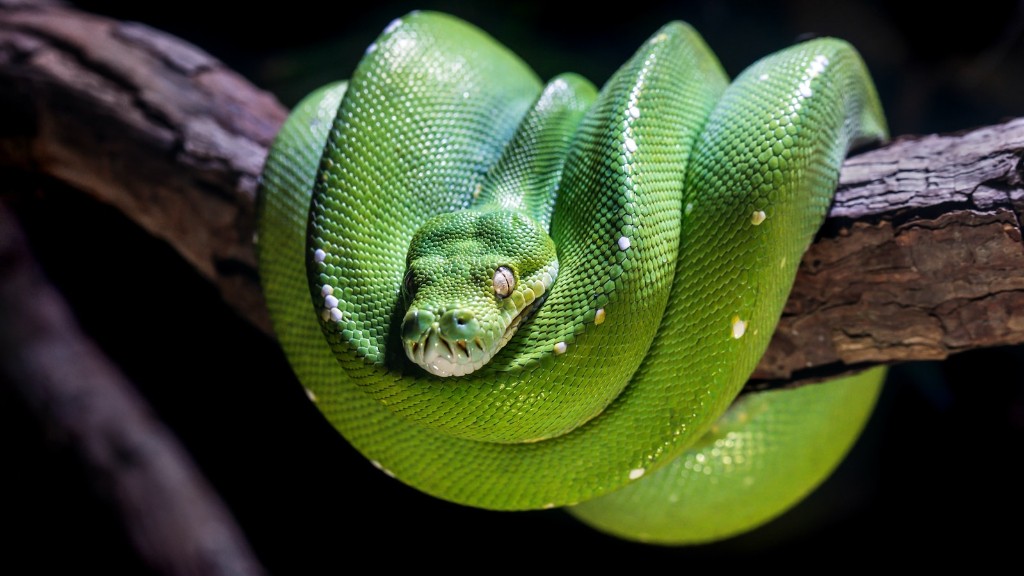African Cobra Snake Video
Introduction
This article examines the captivating world of African cobra snakes. With their renowned venom and distinctive behavior, these serpents have become subjects of fascination among researchers, wildlife enthusiasts, and ordinary individuals alike. Through this exploration, we will delve into various aspects of their physical characteristics, behavior, and the impact they have on ecosystems.
Physical Characteristics
African cobra snakes are part of the Naja genus and are widely distributed across the African continent. These snakes possess a slender and elongated body, with an average length that can range from two to three meters. They have distinct features, including a large rounded hood that they can expand when threatened. This iconic behavior serves as a warning to potential predators, highlighting their venomous nature.
The head of an African cobra snake is relatively broad, designed to accommodate venom-producing glands located below the eyes. These glands produce a potent neurotoxin, which is delivered to their prey through their hollow fangs. This venom can paralyze or, in severe cases, cause the death of their intended target.
Behavior and Ecology
African cobra snakes are usually found in a variety of habitats, including grasslands, forests, and savannahs. They are primarily active during the day, utilizing their keen senses to detect prey and threats in their environment. Their diet consists mostly of rodents, birds, and other small vertebrates.
When faced with confrontation, the African cobra snake can display an array of behaviors. They are well-known for their ability to raise their upper bodies off the ground, almost seeming to stand on their tails. This posture gives them an imposing appearance and serves as an assertive warning to potential predators or threats. Despite their fierce reputation, African cobra snakes prefer to avoid confrontations and will typically retreat when given the opportunity.
Ecosystem Impact
African cobra snakes play a significant role in their respective ecosystems. Their diet, consisting primarily of small mammals, helps control their populations, balancing the delicate ecological systems in which they reside. As predators, they contribute to the maintenance of biodiversity by keeping prey populations in check.
Furthermore, the venom of African cobra snakes has been a subject of considerable scientific interest. Researchers study its composition and effects to gain insights into potential medical applications. Understanding the mechanisms behind their venom can aid in the development of new treatments, contributing to advancements in the field of medicine.
Conservation
As with many species, African cobra snakes face various threats to their survival. Habitat destruction, due to factors such as deforestation and human encroachment, poses a significant challenge. Additionally, illegal wildlife trade can lead to population decline as these snakes are often sought after for exotic pet collections.
Conservation efforts are crucial in preserving the population of African cobra snakes. Raising awareness about their ecological importance, implementing protective measures, and enforcing legislation against the illegal wildlife trade are essential steps in ensuring their continued existence in the wild.
Conclusion
This article has provided a glimpse into the intriguing world of African cobra snakes, shedding light on their physical characteristics, behavior, and ecological impact. With their venomous reputation and unique defensive displays, these snakes exemplify nature’s complexity and beauty. By understanding and appreciating these fascinating creatures, we can contribute to their conservation and ensure their place in our shared natural heritage.


